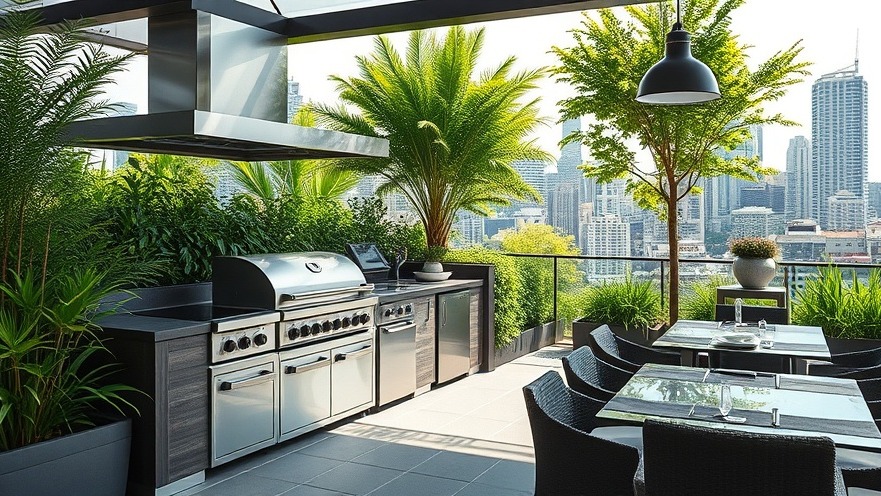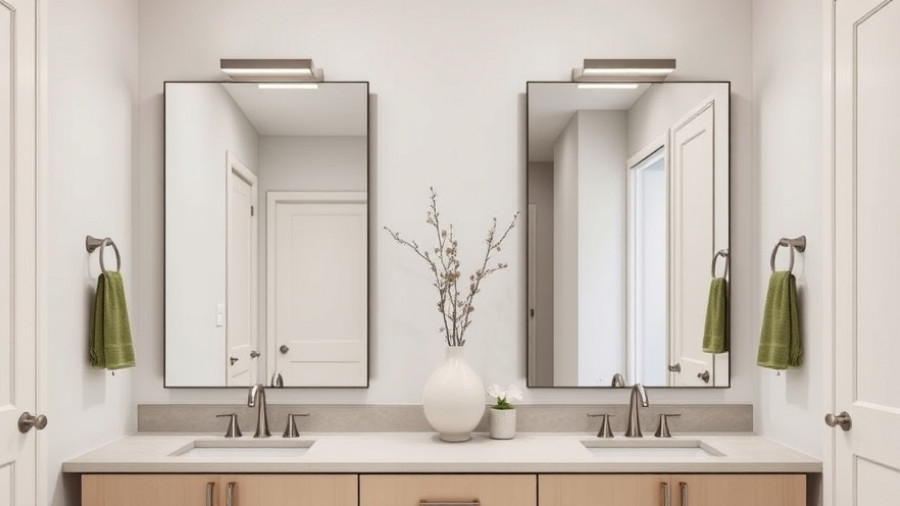
Reimagining Space: The Key Trends for Home Extensions in 2025
As we step into 2025, the drive for greater living space continues to evolve, with homeowners focusing on innovative solutions that enhance functionality without compromising style. This year, the most exciting trends in home extensions reflect our modern lifestyles, emphasizing not just the size of our spaces, but how we use them effectively. From adaptable multi-use designs to energy-efficient constructions, let’s explore the trends shaping our homes.
Multi-Use Spaces: Versatility is Key
One of the standout trends for 2025 is the rise of multi-use spaces. Rather than dedicating rooms to a single function, homeowners are reimagining interiors to serve various purposes simultaneously. Imagine a guest room that easily transforms into a home office by day, accommodating remote work needs, and then morphs back into a cozy retreat at night. This flexibility is invaluable, minimizing the need for extensive renovations while appealing to a broad range of potential buyers who prefer adaptable layouts.
Garage Additions: More Than Just Parking
Garages are undergoing a transformation from mere parking spaces to essential extensions of our living environments. In 2025, homeowners are increasingly converting garages into multifunctional areas, creating everything from home gyms to craft workshops. These additions not only boost property value but also provide homeowners with practical space solutions that enhance daily life. Furthermore, in regions with harsh winters, attached garages offer energy efficiency and accessibility, making them a wise investment.
Sustainable Choices: A Smarter Approach to Building
With a growing emphasis on environmental responsibility, sustainable building materials are becoming standard rather than optional. Homeowners are opting for reclaimed wood, recycled materials, and non-toxic paints that improve indoor air quality and lower energy consumption. This not only contributes positively to the environment but also reduces long-term utility costs. Additionally, many governments are currently providing financial incentives for incorporating green materials in home renovations, making them a smart choice for the economically minded homeowner.
Bridging Indoor and Outdoor Living
A significant trend for 2025 involves seamless integration of indoor and outdoor spaces. This concept includes features like garden rooms and heated porches that extend living areas into the outdoors, allowing for year-round enjoyment. Homeowners can enhance these settings with bi-fold doors or retractable roofs, ensuring that both realms coexist harmoniously. This trend meets the needs of families seeking additional space for relaxation or entertaining, while also enhancing their connection with nature.
Emphasizing Energy Efficiency
As energy costs continue to rise, homeowners are prioritizing efficiency in their extension projects. The move toward high-efficiency heat pumps and smart insulation techniques is becoming more prevalent. Moreover, the recent advancements in solar power technology and federal incentives are making renewable energy options more appealing. Families are discovering that investing in energy-efficient upgrades not only helps the environment but also drastically lowers their monthly bills.
Why It Matters: Creating Your Dream Space
Understanding these trends can guide homeowners as they consider renovations or expansions. By embracing multi-use designs, sustainable materials, and energy-efficient solutions, homeowners can create functional, appealing living environments tailored to their needs. The impact of these choices extends beyond personal enjoyment; they resonate with potential buyers and contribute to a more sustainable future.
For those looking to expand their homes without compromising on style or functionality, 2025 presents ample opportunity to think creatively about how to enhance living spaces. Whether for personal comfort or future resale value, now is the perfect time to engage with these emerging trends.
 Add Row
Add Row  Add
Add 




Write A Comment